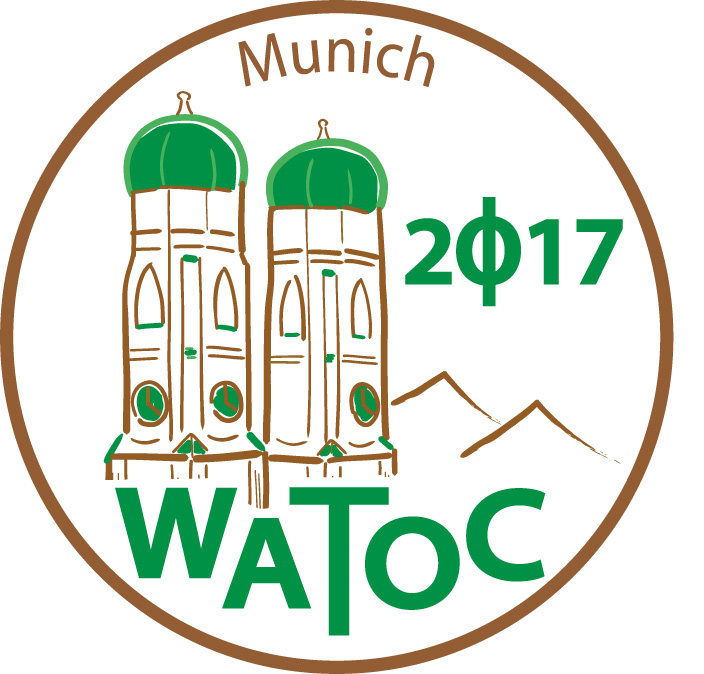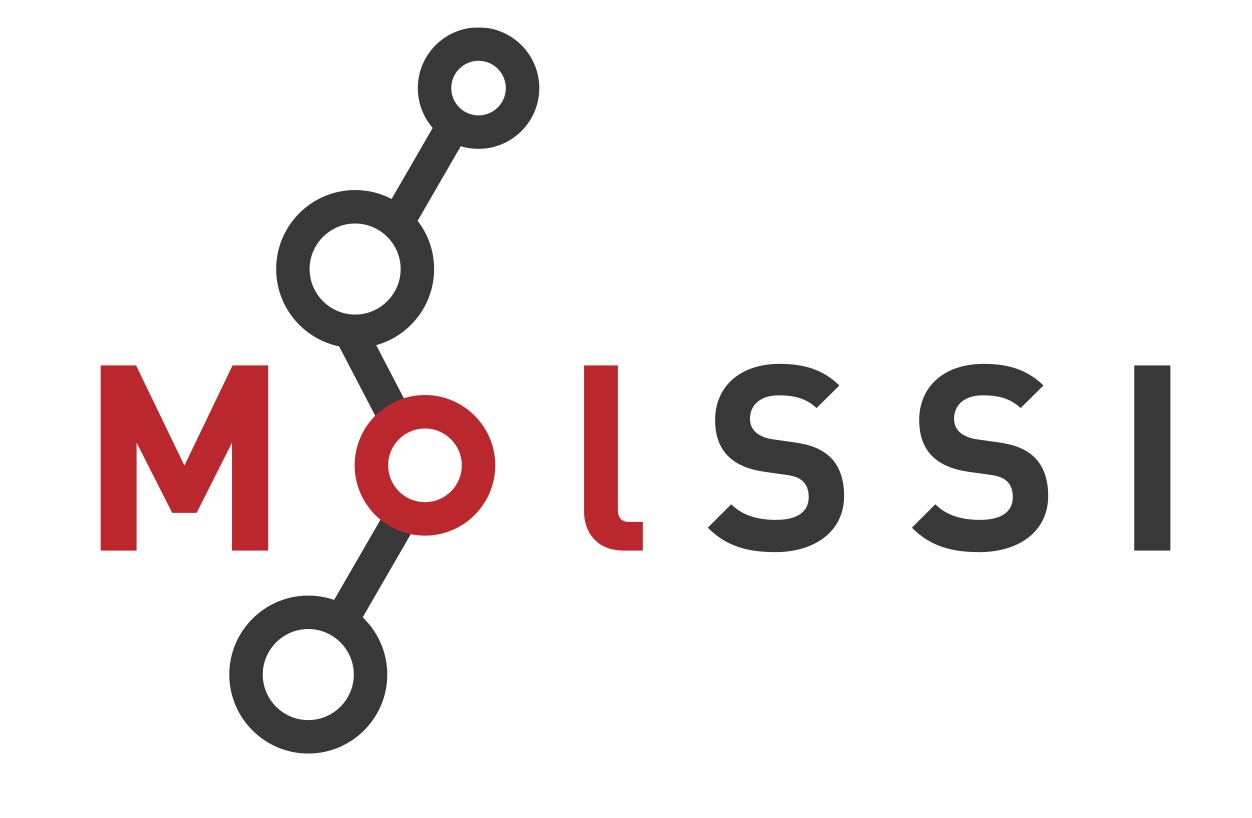Multiscale Modeling of Excited States: Dissecting Polarization in Biomolecules
Claudia Filippi
(MESA+ Institute for Nanotechnology, University of Twente, Enschede, The Netherlands)
Light-sensing in photoreceptor proteins is subtly modulated by the multiple
interactions between the chromophoric unit and its binding pocket. Using the
prototypical examples of rhodopsin and various fluorescent proteins, we
investigate here the fundamental nature of these interactions and which
theoretical framework can realistically describe them. To this aim, we employ a
variety of electronic structure methods in combination with different hybrid
schemes, namely, static point charges, density functional theory embedding, and
classical polarizable embedding through induced dipoles. We show that
accounting for electrostatics alone leads to a qualitatively wrong picture and
that the process of light absorption is modulated by the concurrent presence of
induction and non-classical resonance effects [1-2]. Our calculations
illustrate how a classical embedding model can be successfully adapted to mimic
both induction and resonance coupling between the chromophore and the protein,
and provide a quantitative understanding of the role of specific amino acids in
the photoexcitation.
[1] C. Daday, C. Curutchet, A. Sinicropi, B. Mennucci, and C. Filippi, J. Chem. Theory Comput. 2015, 11, 4825.
[2] R. Guareschi, O. Valsson, C. Curutchet, B. Mennucci, and C. Filippi, J. Phys. Chem. Lett. 2016, 7, 4547.

